When you decide to rebuild your garden, choosing ornamental plants is one of the most important factors to create the ideal living space. The garden is not only a place to relax, but also a place to express your style and personality. However, with the variety of plants available, choosing the right bonsai can become challenging. Here are some ideas and suggestions to make your decision easier.
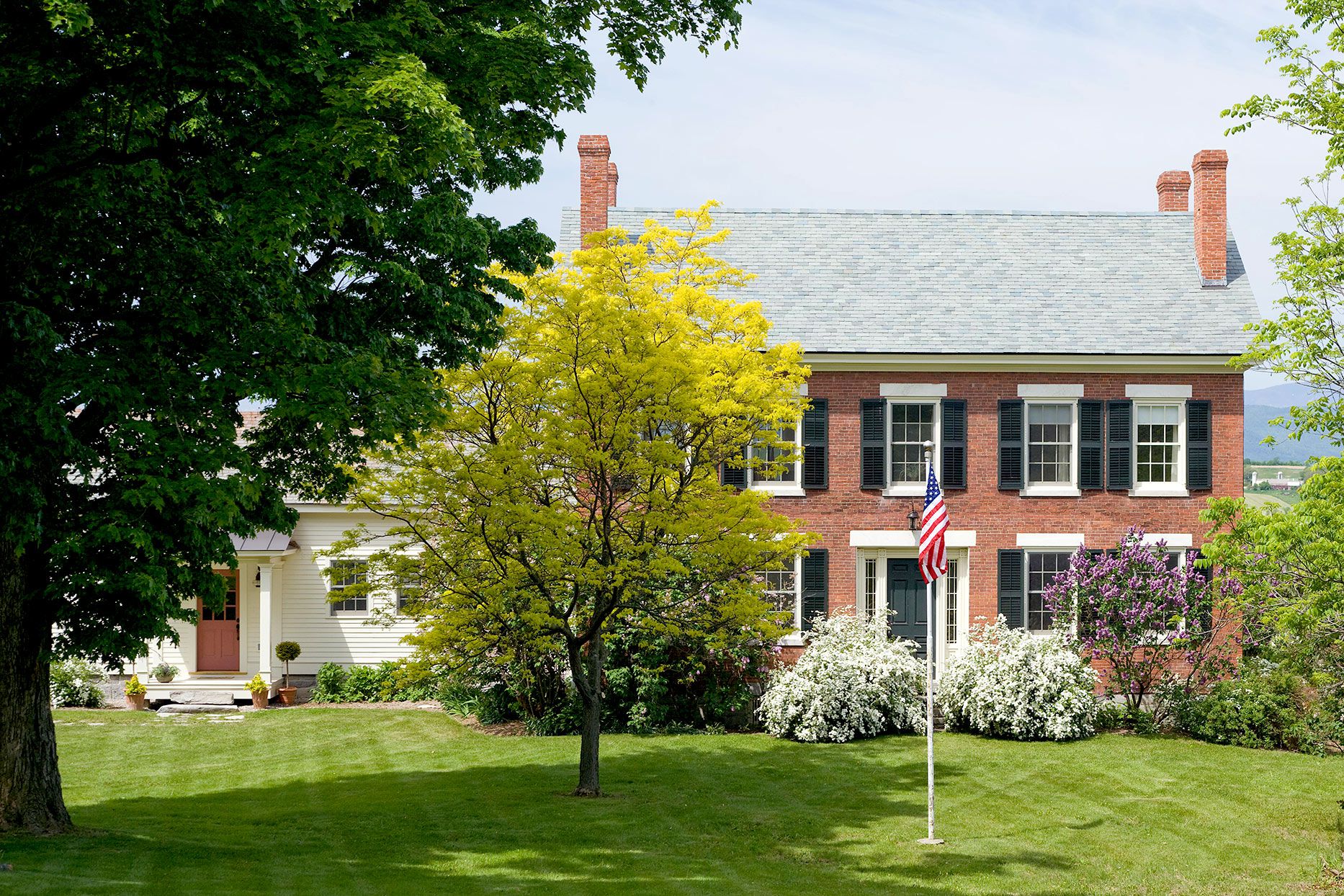
Choosing the right tree for your yard is one of the most significant landscaping decisions you can make. Trees not only provide beauty, shade, and privacy but also contribute to the overall health of the environment. They can enhance property value, improve air quality, and create habitats for wildlife. With so many species and varieties available, it’s essential to consider various factors to ensure the tree you select is well-suited for your yard and climate. Below are the details about “how to choose the right tree for your yard”:
Assess your space
Size and scale
Consider available space: Before selecting a tree, assess the size of your yard and the specific area where you intend to plant it. Measure the space, noting the height and width of the tree at maturity. Large trees require ample room to grow, while smaller species can thrive in limited areas.
Height considerations: It’s crucial to choose a tree that will fit your space both now and in the future. For instance, if you have a small yard or a garden with overhead structures like power lines or buildings, opt for smaller or columnar trees that grow upwards rather than outwards.
Growth habit: Different trees have distinct growth habits. Some trees are broad and spreading, while others are tall and narrow. Understanding the growth pattern will help you avoid overcrowding and ensure the tree fits well into your landscape design.
Location
Sunlight exposure: Observe the sunlight in the area where you plan to plant the tree. Some trees thrive in full sun (at least 6-8 hours of direct sunlight daily), while others prefer partial shade or full shade. Knowing the light conditions will help you select a tree that can flourish without stress.
Soil conditions: Conduct a soil test to determine the soil type (sandy, clay, loamy) and pH. Different trees have varying soil preferences; for example, some trees prefer acidic soil while others thrive in alkaline conditions. Understanding your soil will help you choose a tree that can grow vigorously.
Drainage: Good drainage is essential for healthy tree roots. Assess whether the area retains water after heavy rain. If drainage is poor, consider planting trees that tolerate wet conditions or amend the soil to improve drainage.
Consider your climate
Hardiness zones
Know your zone: Familiarize yourself with your USDA Hardiness Zone, which indicates the temperature range in which certain plants will thrive. This information is crucial for selecting trees that are adapted to your local climate, as it ensures they can withstand extreme temperatures.
Microclimates: Be aware of microclimates within your yard. Areas near walls, patios, or large trees may experience different temperatures or moisture levels than the rest of your yard. Understanding these variations can help you select the best tree for each specific location.
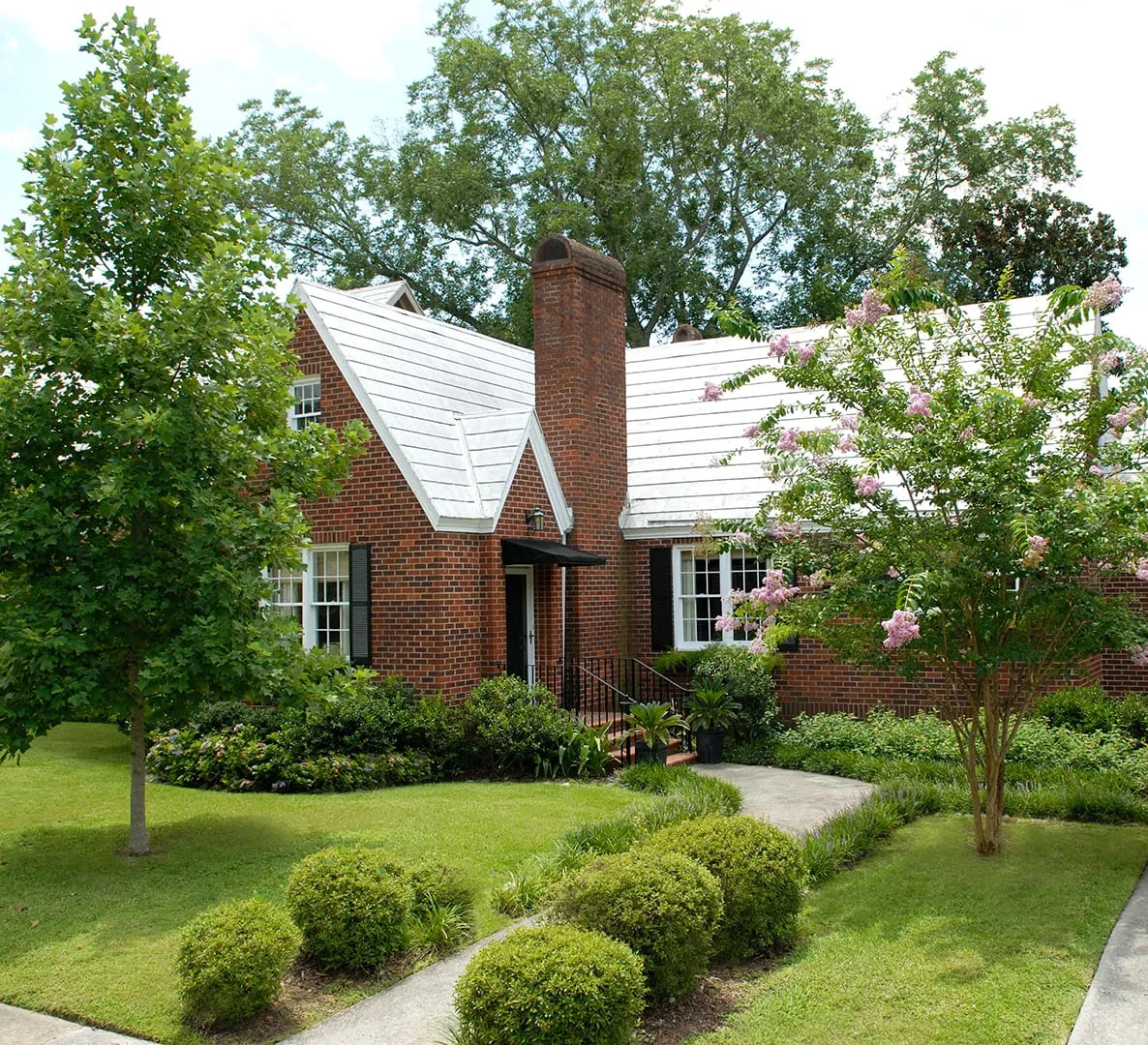
Seasonal Changes
Fall color: If you desire seasonal interest, consider trees that provide stunning fall foliage. Species like maples and oaks are known for their vibrant colors in autumn, adding beauty to your landscape when many other plants are going dormant.
Flowering trees: For spring beauty, look for trees that bloom in early spring, such as cherry, dogwood, or magnolia. These trees can provide a spectacular display of flowers that herald the arrival of warmer weather.
Fruit production: If you enjoy gardening, consider planting fruit or nut trees. These trees not only provide delicious produce but can also attract pollinators to your yard. Common options include apple, peach, and walnut trees, which offer both aesthetic and edible benefits.
Tree types
Deciduous vs. evergreen
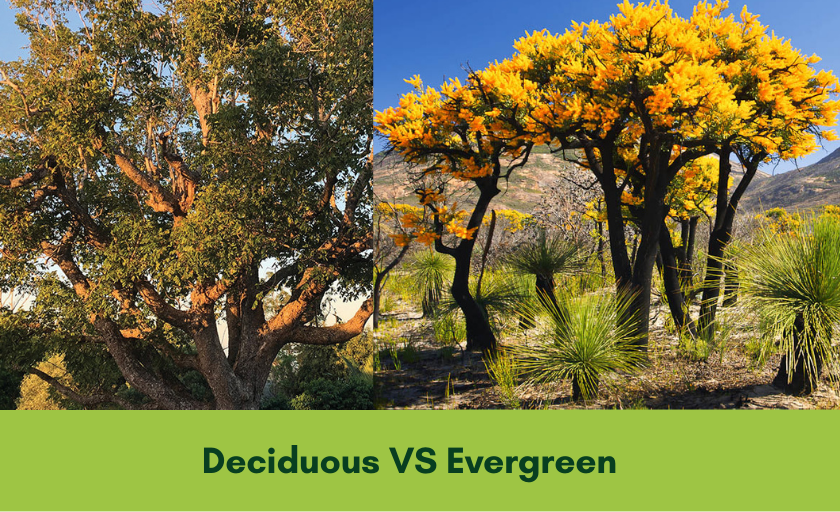
Deciduous Trees: These trees lose their leaves in the fall, offering seasonal variety. They often provide shade in summer and allow sunlight to warm your home in winter when bare. Examples include oak, maple, and birch. Deciduous trees can create a stunning canopy and add character to your landscape.
Evergreen trees: Evergreens maintain their foliage year-round, providing privacy and shelter. They are excellent for windbreaks and can create a lush backdrop. Examples include pine, spruce, and cedar. These trees offer consistent greenery and can be particularly valuable in winter landscapes.
Native vs. non-native
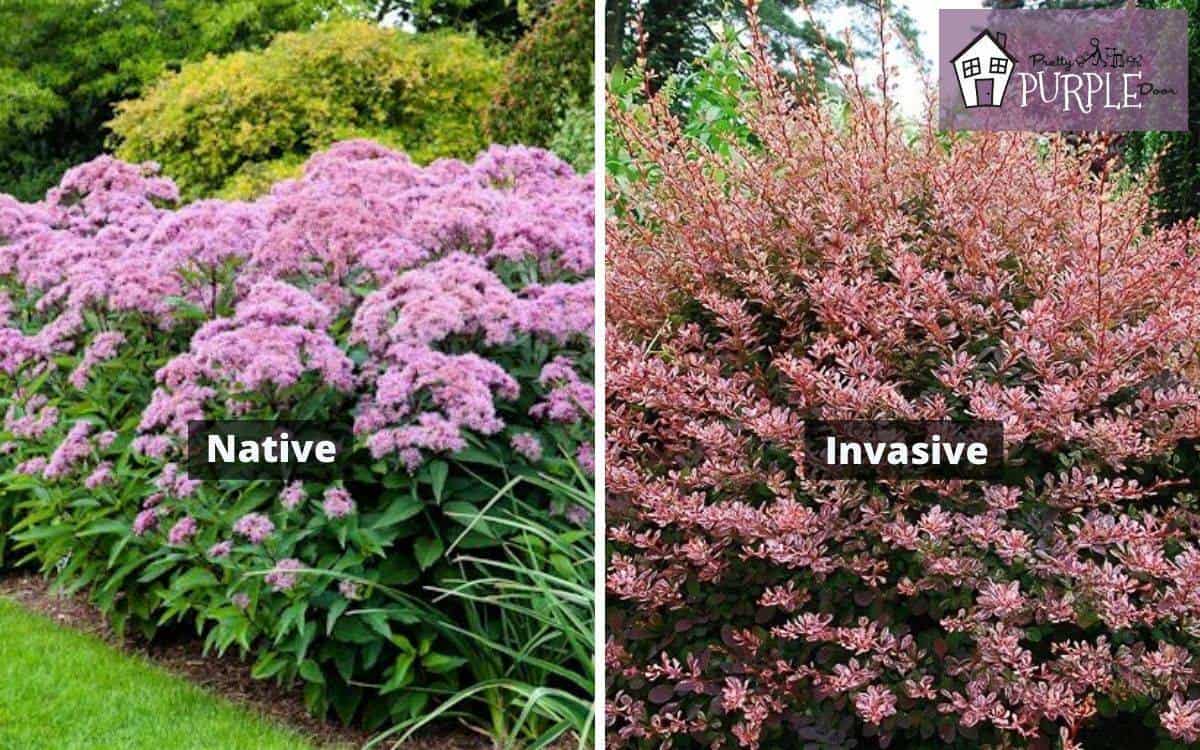
Native Trees: Consider planting native species, as they are well-adapted to local soils and climates. Native trees often require less maintenance, have fewer pest problems, and provide habitat for local wildlife, contributing to biodiversity.
Non-native trees: While many non-native trees can thrive in your area, they may require additional care and resources. Research their adaptability and potential invasiveness before planting. Non-natives can sometimes outcompete native species, so it’s essential to choose wisely.
Purpose of the tree
Shade and privacy
Shade trees: If your goal is to provide shade for your home or garden, select larger deciduous trees with broad canopies, such as oaks or maples. These trees can significantly reduce cooling costs during hot summer months and create comfortable outdoor spaces.
Privacy screens: For added privacy, consider planting evergreen trees or dense deciduous trees in a row to create a natural fence. Species like arborvitae, cypress, or holly can provide effective screening from neighbors and noise.
Aesthetic appeal
Ornamental trees: If you want a tree primarily for its beauty, consider flowering or ornamental trees like cherry, dogwood, or ornamental pears. These trees can serve as focal points in your landscape, enhancing the overall aesthetic.
Fruit trees for beauty and function: Fruit trees, such as apple or peach trees, offer both visual appeal and practical benefits. Their blossoms in spring are beautiful, and their fruit can be harvested in summer and fall, making them a wonderful addition to your yard.
Maintenance requirements
Growth rate
Fast-growing vs. slow-growing: Determine how quickly you want your tree to grow. Fast-growing trees, such as poplar and willow, can provide immediate benefits but may have weaker wood and shorter lifespans. Slow-growing species, like oak or cherry, often have stronger wood and longer lifespans, but require patience.
Pruning and care
Pruning needs: Some trees require regular pruning to maintain their shape and health, while others are relatively low-maintenance. Research the specific care requirements of any tree you consider. Trees like maple and birch often benefit from pruning in the late winter or early spring before new growth begins.
Fertilization needs: Depending on the soil quality, some trees may require fertilization during their growing season. A slow-release fertilizer can support healthy growth, particularly for young trees establishing their roots.
Pest and disease resistance
Hardiness: Opt for tree species that are resistant to local pests and diseases. This can reduce the need for chemical treatments and help keep your tree healthy. Research common issues in your area, such as specific pests or diseases that affect particular tree species.
Consult with professionals
Local nurseries
Seek expert advice: Visit local nurseries and garden centers to get recommendations based on your specific location and conditions. Nursery staff can offer valuable insights, help you understand the needs of different species, and guide you toward healthy specimens.
Arborists
Hire a professional: If you’re unsure about which tree to choose or how to care for it, consider consulting with a certified arborist. They can assess your yard, recommend appropriate species, and provide guidance on planting and maintenance. An arborist can also help you identify any existing trees that may require attention.
Plan for the future

Long-term considerations
Future growth: Consider how the tree will fit into your landscape as it matures. Be mindful of its potential impact on nearby structures, utility lines, and existing plants. Regular maintenance and pruning can help manage the size and shape of your tree.
Replacement plans: If you’re planting in an area with limited space, think about how you might manage trees in the future. Some trees may need to be removed or replaced as they grow, particularly if they begin to encroach on structures or other plants.
Environmental impact
Sustainability: Consider the environmental benefits of your tree choices. Trees can improve air quality, provide wildlife habitat, and help manage stormwater runoff. Choose species that contribute positively to your local ecosystem, supporting biodiversity and resilience in your yard.
Carbon sequestration: Trees play a vital role in mitigating climate change by absorbing carbon dioxide. By selecting the right trees, you can contribute to environmental sustainability while enhancing your property.
Tree placement and planting tips
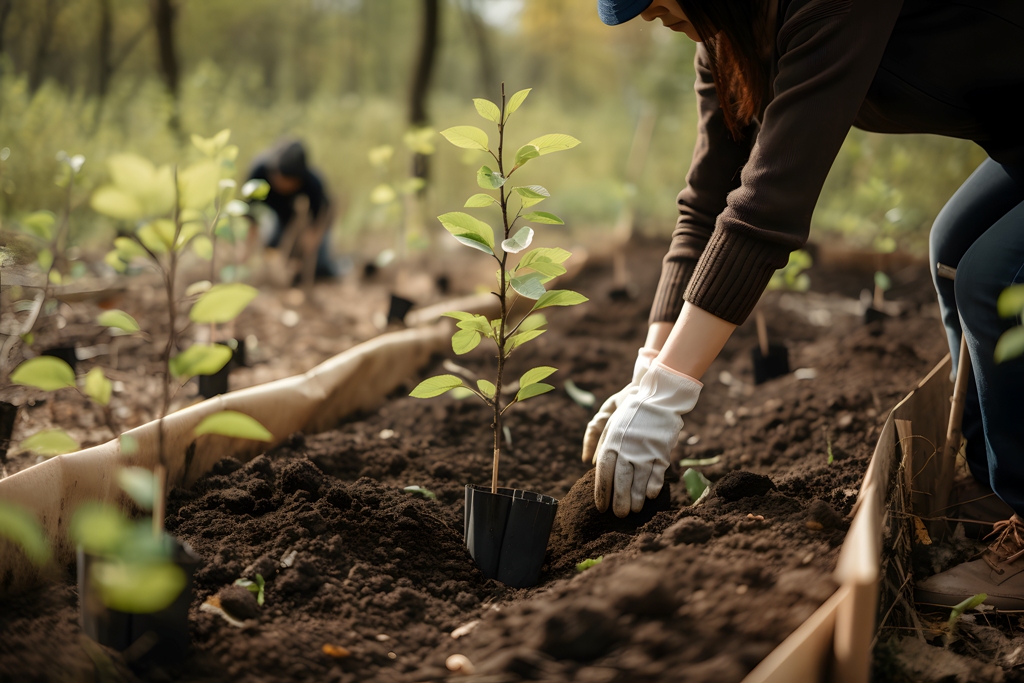
Placement
Spacing: When planting multiple trees, ensure there is adequate space between them to allow for proper growth and airflow. This will help prevent overcrowding and reduce competition for nutrients and sunlight.
Orientation: Consider the direction of prevailing winds and sunlight when positioning your tree. For shade, plant deciduous trees on the west or south side of your home to block afternoon sun.
Planting techniques
Proper digging: Dig a hole that is twice as wide as the root ball and about as deep. This allows roots to spread out easily and encourages healthy growth.
Planting depth: When planting, make sure the tree is placed at the same depth it was growing in the nursery. The top of the root ball should be level with the surrounding soil to prevent root rot.
Watering: After planting, water the tree thoroughly to eliminate air pockets and encourage root establishment. Continue to water regularly, especially during dry periods, to ensure your new tree gets off to a good start.
Conclusion
Here is detailed information about “how to choose the right tree for your yard”. Selecting the right tree for your yard is a rewarding endeavor that requires thoughtful consideration of various factors. By assessing your space, understanding your climate, and determining your goals, you can choose a tree that enhances your landscape for years to come. Take the time to research and consult with professionals, ensuring that you make an informed decision that will provide beauty, shade, and environmental benefits for generations. Remember, the right tree not only beautifies your yard but also supports local ecosystems, improves air quality, and creates a more inviting outdoor space. Happy planting!
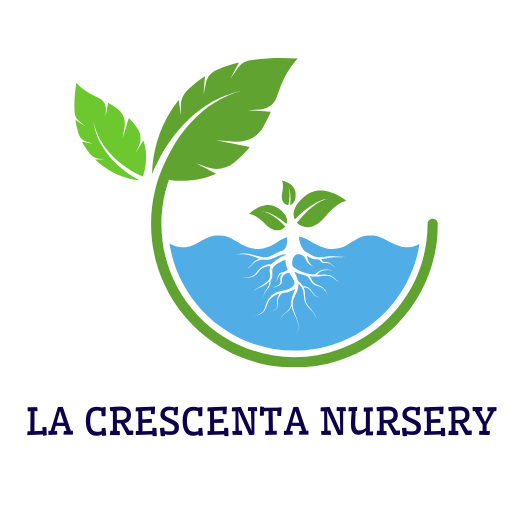
Related articles
Top 5 Spring Tree Pests: Identifying and Managing Common Threats
How to Grow Virginia Creeper: A Complete Guide
How to care for cyclamen from the expert
Detailed instructions: How to care for propagated plants
Understanding tree diseases: Identification, prevention, and treatment
Detailed instructions: How to care for fruit trees
Detailed instructions how to grow winter vegetables
How to propagate an aloe plant: a detailed guide to the methods